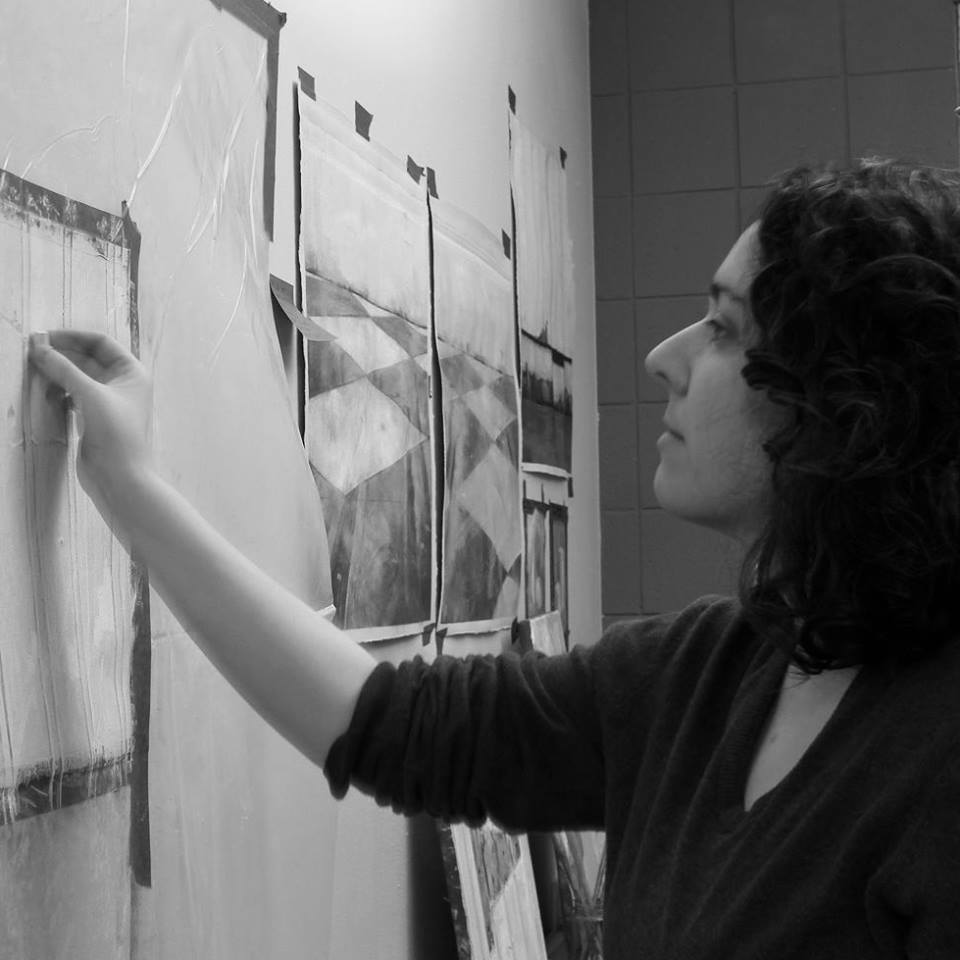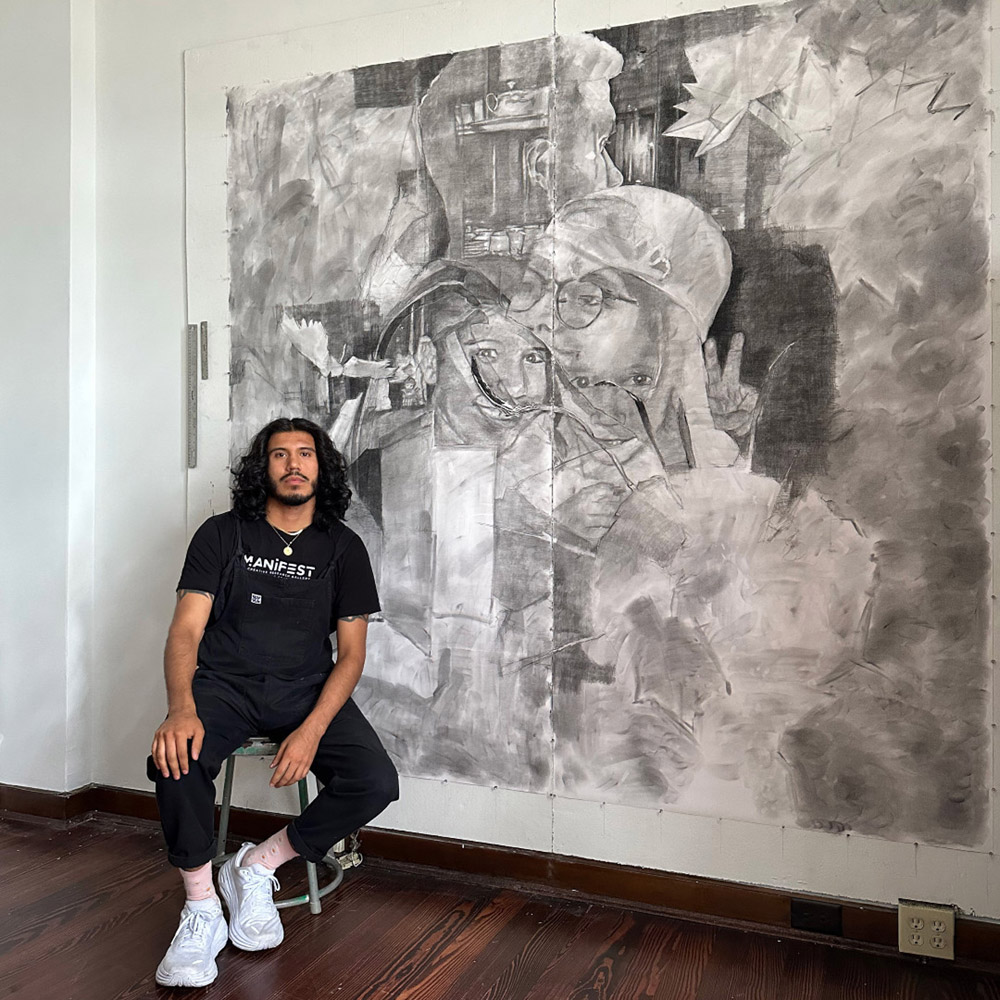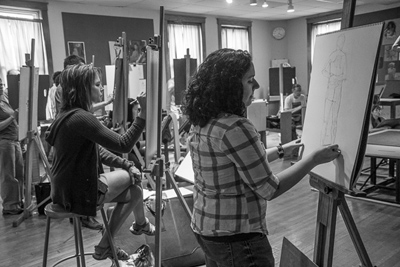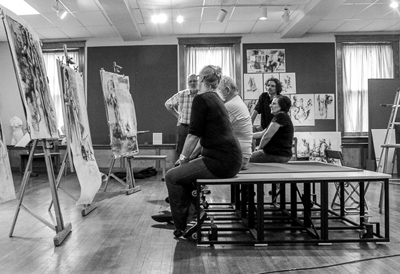DRAWING CENTER STUDIO |
||
DRAWING ESSENTIALS
Ten individual four-week classes focusing on
the most essential skills and knowledge to serve the beginning or novice drawer.
Available in Two Formats: Online OR In-Person at Manifest's Central Parkway Studios (M1)
Try one, or take them all! (25% discount for the full package.)
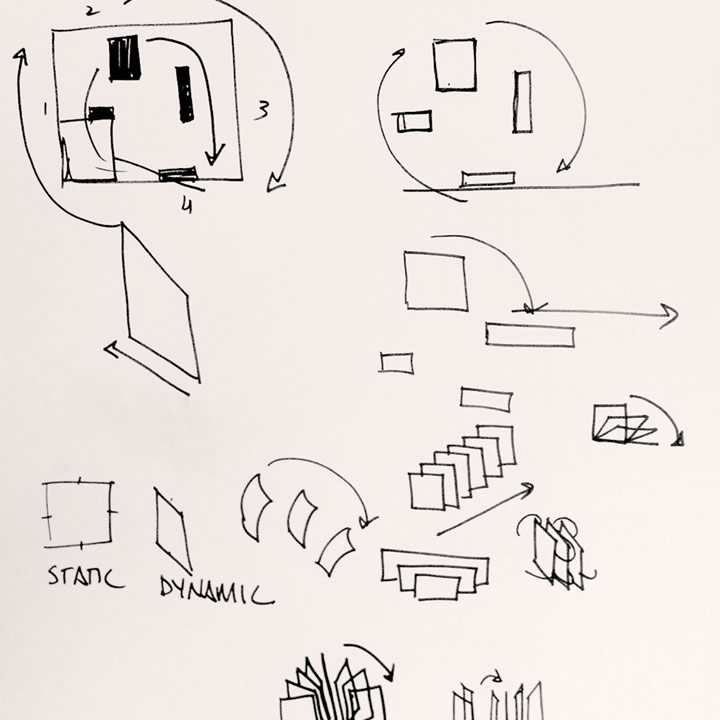 |
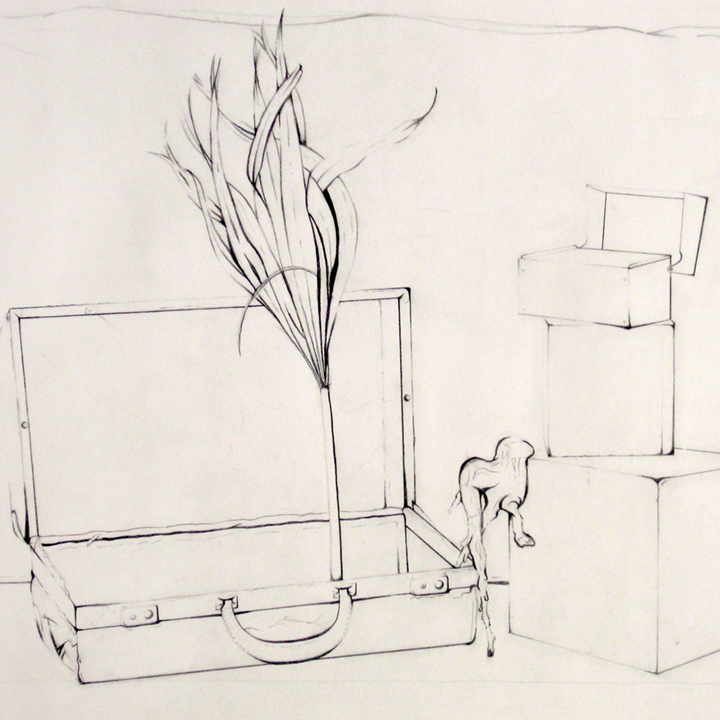 |
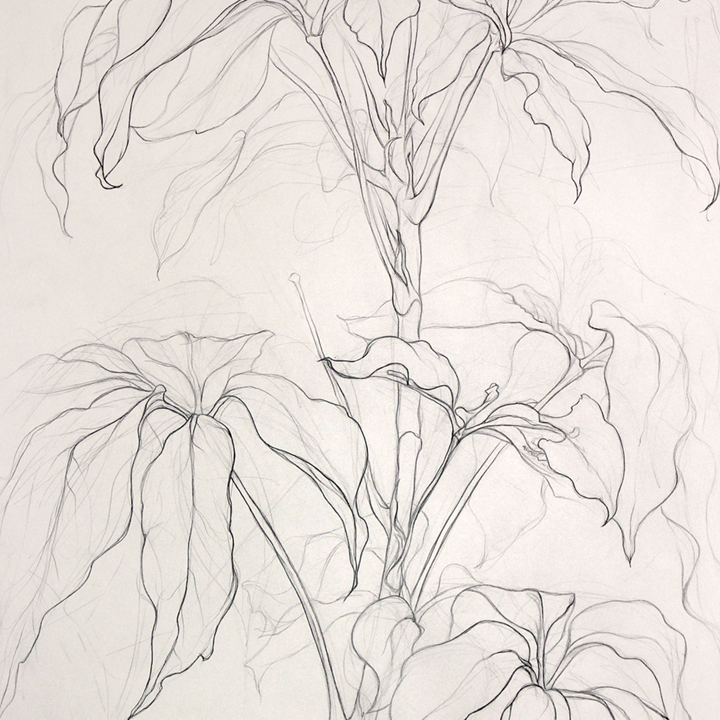 |
 |
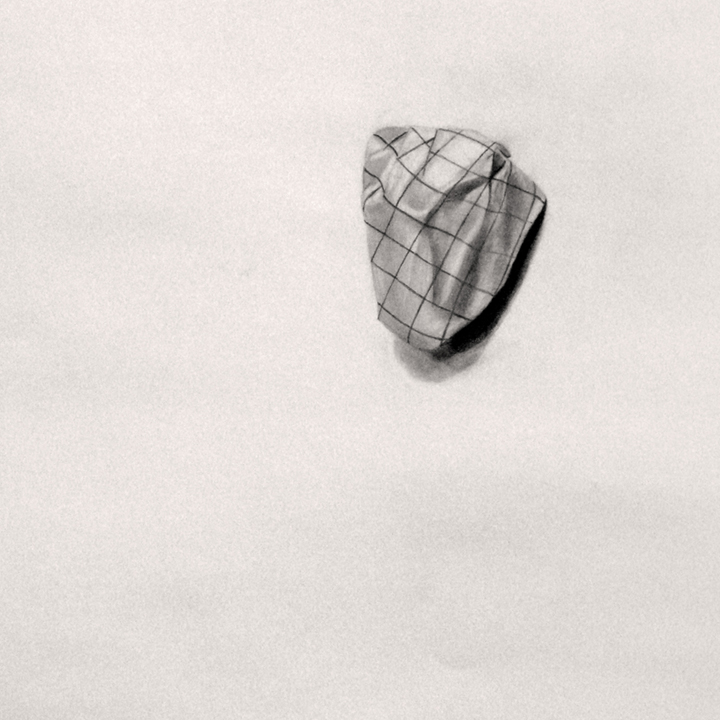 |
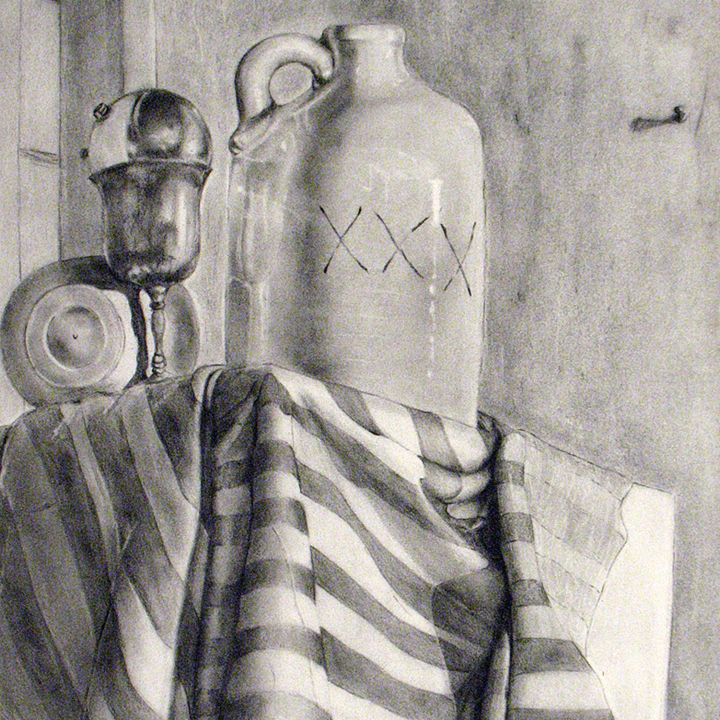 |
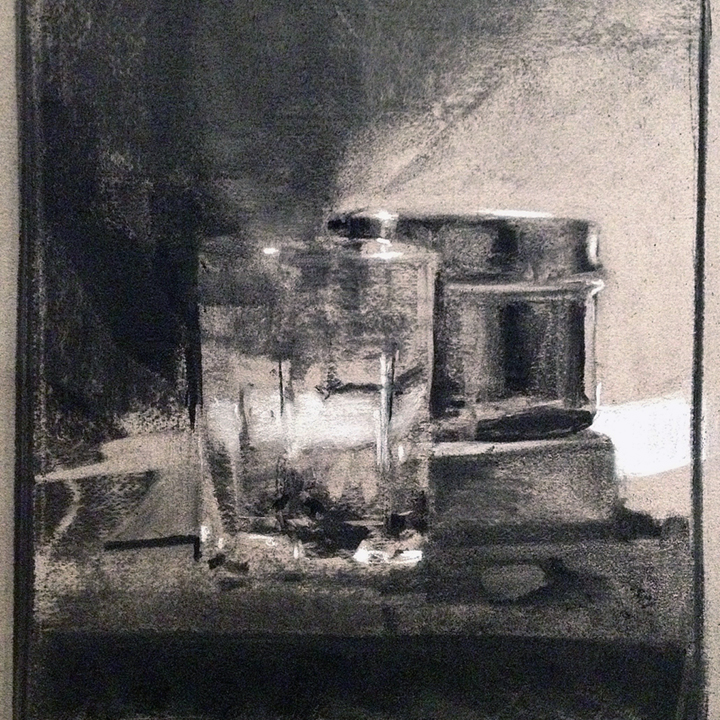 |
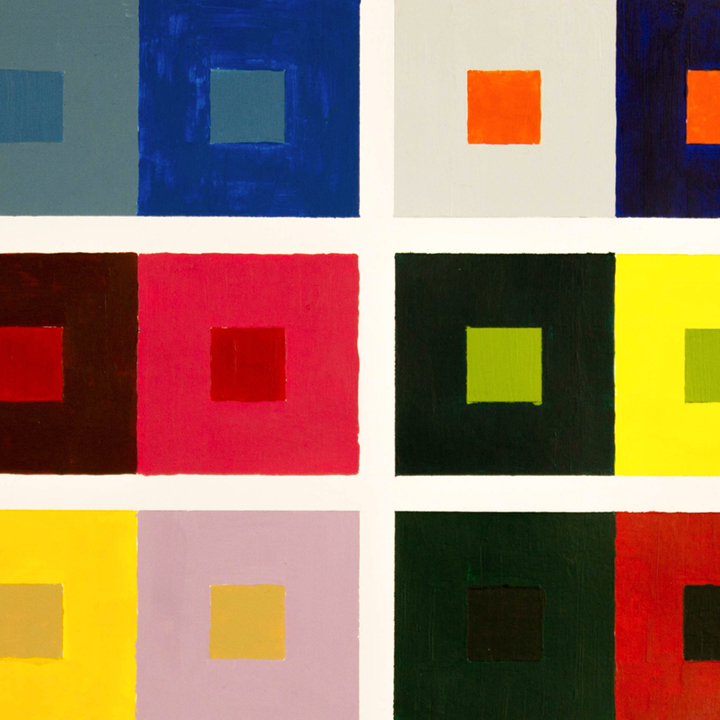 |
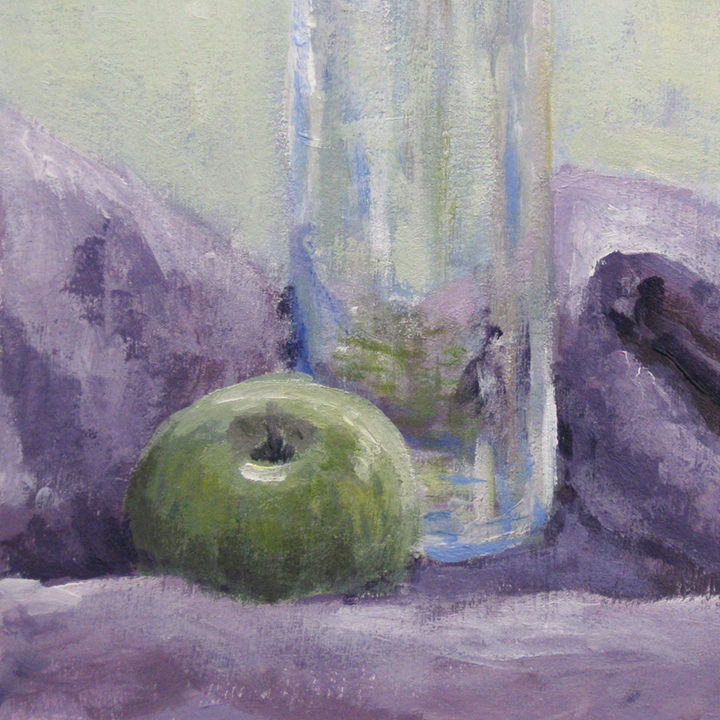 |
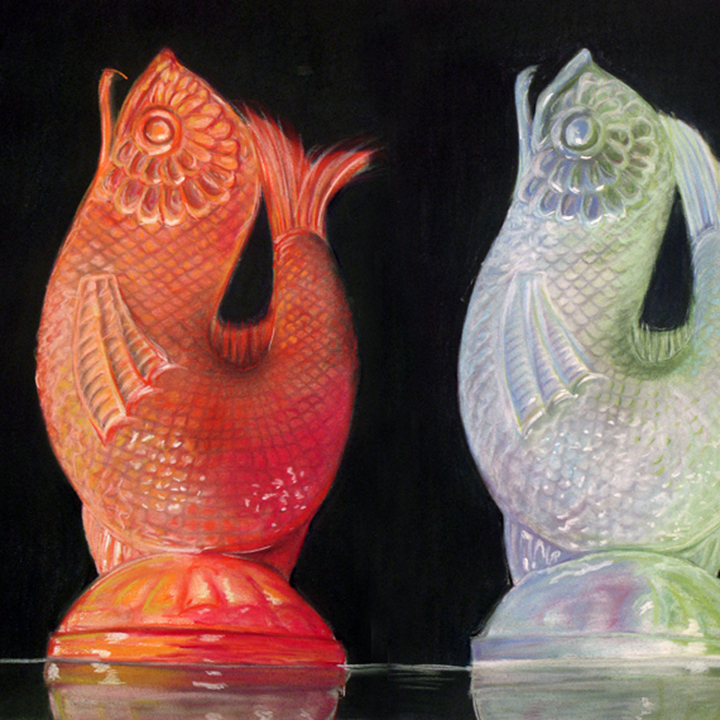 |
“Fine art is that in which the hand, the head, and the heart of man go together.”
Whether you’re picking up a pencil for the first time, or brushing up on your skills after a studio sabbatical, Drawing Essentials is the perfect place to start. This ten-class series offers a foundation in basic observational drawing practices and techniques, to unite the hand, the head, and the heart. You may sign up for any class within the series individually—as a “refresher” on a specific topic—or you can register for the entire series for a significant discount! This class provides two optional formats - online OR in-person (see below):
Series Instructors:
Fee: Individual 4-week Classes: $200 Full Series Price (all ten courses): $1500 (a 25% discount!)
Course Schedule*:
Minimum Enrollment: 4 !! Please note that in-person and online sections meet on different days of the week. !!
Level: All levels are welcome. Drawing Essentials is geared towards beginners and those wishing to improve their basic drawing skills. Each class will feature short demonstrations, specific lessons, and individual feedback for each student. Drawing is a practice that has a far reach, and whether your artistic goals are for pleasure or profession, we believe that anyone can learn to draw and in doing so, learn to appreciate the world more deeply.
|
|
||
| *** [ REGISTER HERE ] *** | |||
2024-2025 COURSE SCHEDULE |
|||
TUESDAYS (in person) Composition Measuring Your Observations Gesture and Contour Space/Depth/Perspective Texture and Surface Introduction to Color |
THURSDAYS (online) Composition Measuring Your Observations Gesture and Contour Space/Depth/Perspective Texture and Surface Introduction to Color |
||
Map to Manifest's M1 Studios | Studio Calendar | Darkroom Calendar |
|||
Instructor Bio: ONLINE on Thursdays Haring was one of the 2015-2016 Artists-in-Residence at Manifest Gallery. She has been a Resident Instructor at the Drawing Center since 2016; she also teaches drawing and design courses at the University of Cincinnati’s School of Design. She currently maintains a studio in Cincinnati, where she spends an inordinate amount of time staring at the color of dust. |
Instructor Bio: IN-PERSON on Tuesdays Chris has exhibited his work across the country, from Florida to California and Texas to Illinois. In the past year, Chris had work included in two notable shows - Voices: Discussions on Identity and Society Through the Latinx Perspective at the Nancy Fyfe Cardozier Gallery and Soy de Tejas: A Statewide Survey of Latinx Art (curated by Rigoberto Luna) at the Centro de Artes Gallery. While his current work is founded in the traditions of two-dimensional depictions of the figure, it actively explores the potentials of both the soft sculpture and painting worlds. Chris can regularly be found researching historical events, linguistics, and cultural similarities between his inherited Mexican-American culture and his Jewish culture, all in the service of giving visual emphasis to the narratives in his artwork. |
 |
 |
 |
 |
COMPOSITION |
MEASURING YOUR |
GESTURE & CONTOUR |
SPACE / DEPTH & PERSPECTIVE |
Topics covered:
Materials List:
|
Topics covered:
Materials List:
|
Topics covered:
Materials List:
|
Topics covered:
Materials List:
|
 |
 |
 |
 |
VALUE |
VOLUME |
TEXTURE & SURFACE |
INTRO TO COLOR |
Topics covered:
Materials List:
|
Topics covered:
Materials List:
|
Topics covered:
Materials List:
|
Topics covered:
Materials List:
|
 |
 |
OPTICAL COLOR / PERCEPTUAL COLOR |
EXPRESSIVE & |
|
Topics covered:
Materials List:
|
Topics covered:
Materials List:
|
Manifest is supported by sustainability funding from
the Ohio Arts Council, and through the generous direct contributions of hundreds of individual supporters and private foundations who care deeply about Manifest's mission for the visual arts. |
Contribute to our Annual Fund |
|
|
Copyright © 2025 |

